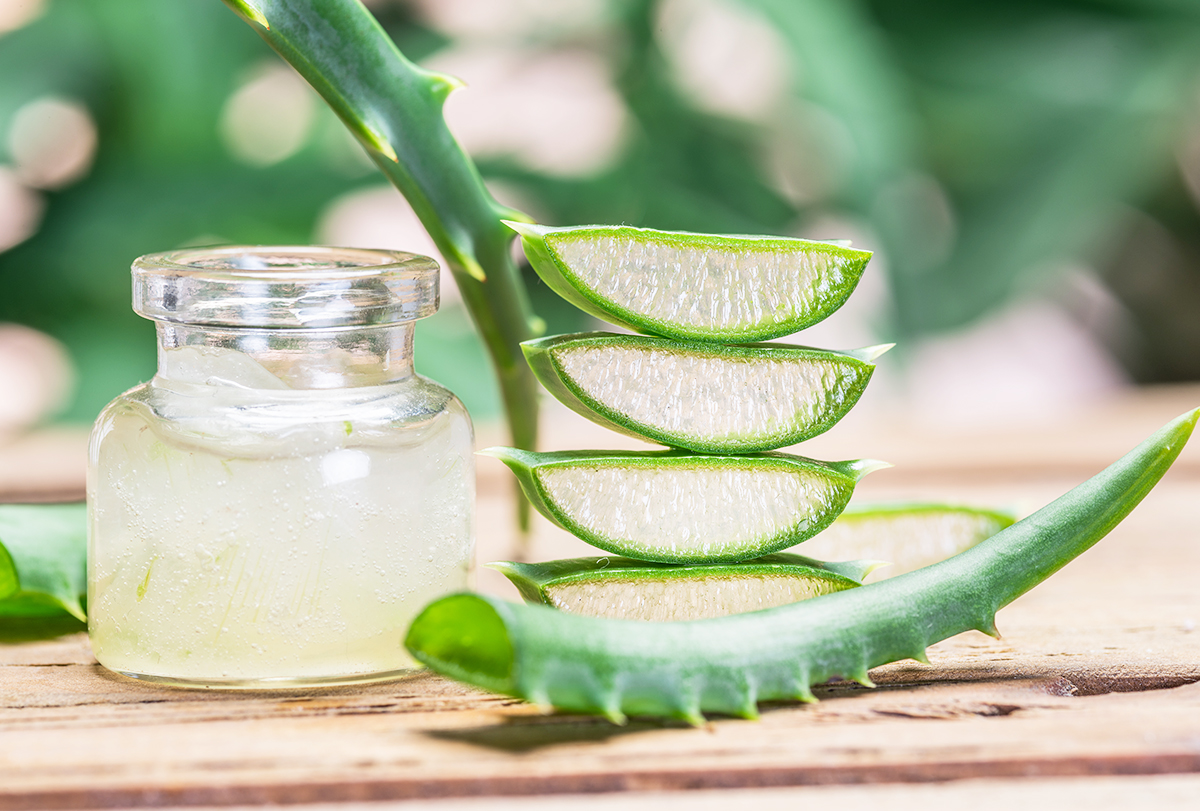If you have a curly or coily hair texture, you probably know that the best way to keep your hair moisturized is with a good ‘ol deep conditioner and plastic cap combo. But, it will interest you to know that there’s another (and possibly better) way to hack your deep conditioning session and to enhance the moisture of your hair.
What is hair steaming? “Steaming is using moist heat to open the hair cuticle to allow benefits of treatments, oils, and masks to penetrate deeper into the hair fiber for maximum hydration and moisturization,” according to a trichologist and colorist, Bridgette Hill.
But steaming isn’t just for your hair: it has incredible benefits for your scalp, too.“I like to [compare it] to a pedicure,” explains Hill. Steaming the scalp is a primary step necessary for removing built-up skin cells and improving blood flow and circulation. Similar to the hair fiber, the steam also allows for the active ingredients to penetrate the dermis at a deeper level.”
What to avoid when steaming your hair? “The biggest mistake people make with steaming hair is using a poor-quality product,” says Hill. “To truly benefit from steam, look for treatments that are rich in fatty acids, like shea butter oil, avocado, or castor oil.”
To take care of your hair after steaming, Hill insists that the best maintenance is regularly applying moisture to your ends, reducing the use of heat tools, and avoiding over shampooing the hair.
It is important to note that, “Anyone suffering from severe scalp concerns, psoriasis, eczema, folliculitis, dermatitis should not steam unless supervised by a scalp care professional or dermatologist,” warns Hill. “It is important not to overstimulate or remove the in on scabs or sores that may have skin cells healing underneath the protective healing of the sore or scab. When steam is used at inappropriate times during the hair growth and skin shedding cycle, steam could disrupt the microbiome and contribute to bacterial or fungal infections.”


 AFROPOLiTAiN’s Top 3 Super Easy Beauty Secrets Anyone Can Follow
AFROPOLiTAiN’s Top 3 Super Easy Beauty Secrets Anyone Can Follow  Supermodel Iman’s DIY Face Mask Recipe You Can Make Right At Home
Supermodel Iman’s DIY Face Mask Recipe You Can Make Right At Home  Naomi Campbell Spills Her Secrets For Flawless Skin
Naomi Campbell Spills Her Secrets For Flawless Skin  Cynthia Erivo Takes Her Complexion Seriously, Watch Her Lengthy Skincare Routine.
Cynthia Erivo Takes Her Complexion Seriously, Watch Her Lengthy Skincare Routine.  Spotlight On Celebrity Nail Artist Gina Edwards
Spotlight On Celebrity Nail Artist Gina Edwards  New season, new skincare, New skin in 7 days?!
New season, new skincare, New skin in 7 days?!  Amfa Beauty! Made in Africa
Amfa Beauty! Made in Africa